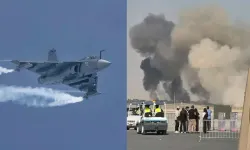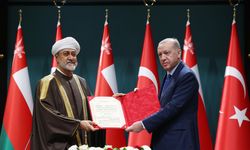Ukraine Confirms Successful Deployment of First Battlefield Laser Weapon “We are now witnessing laser technologies striking specific targets at certain altitudes,” said Sukharevskyi, emphasizing the practical application of this advanced weapon in combat.
The weapon, named “Tryzub” (Trident), has a reported range of up to two kilometers (1.24 miles), though details regarding its exact deployment—such as the date and location—remain undisclosed.
Ukraine's laser weapon marks the country as the fifth nation to develop and deploy such technology. The system is a key component of Ukraine's broader strategy to strengthen its air defense capabilities, particularly in the face of increasing threats from unmanned aerial systems (UAS), such as the Iranian-supplied Shahed drones used by Russian forces.
The laser weapon is part of Ukraine's ongoing efforts to counter the growing use of drones in warfare. Russia has relied heavily on Shahed drones for kamikaze-style attacks on Ukrainian military positions and critical infrastructure. In response, Ukraine has turned to directed-energy weapons to provide a cost-effective and precise means of neutralizing these airborne threats.
While the use of the laser weapon represents a promising shift in air defense strategy, experts remain cautious about its current and future effectiveness. According to The Defense Post, James Black, assistant director at RAND Europe, noted that the technology’s use is still in its experimental phase, and Ukraine may face several challenges as it looks to scale up deployment. These hurdles include integrating the laser system with existing defense assets, ensuring a reliable energy supply, and adapting to adverse weather conditions that could affect the weapon’s performance.Despite these challenges, the introduction of laser weapons is seen as a strategic move to stay competitive in modern warfare. As Ukraine continues to invest in next-generation defense technologies, the deployment of directed-energy systems like Tryzub could pave the way for new tactics in countering increasingly sophisticated threats.







